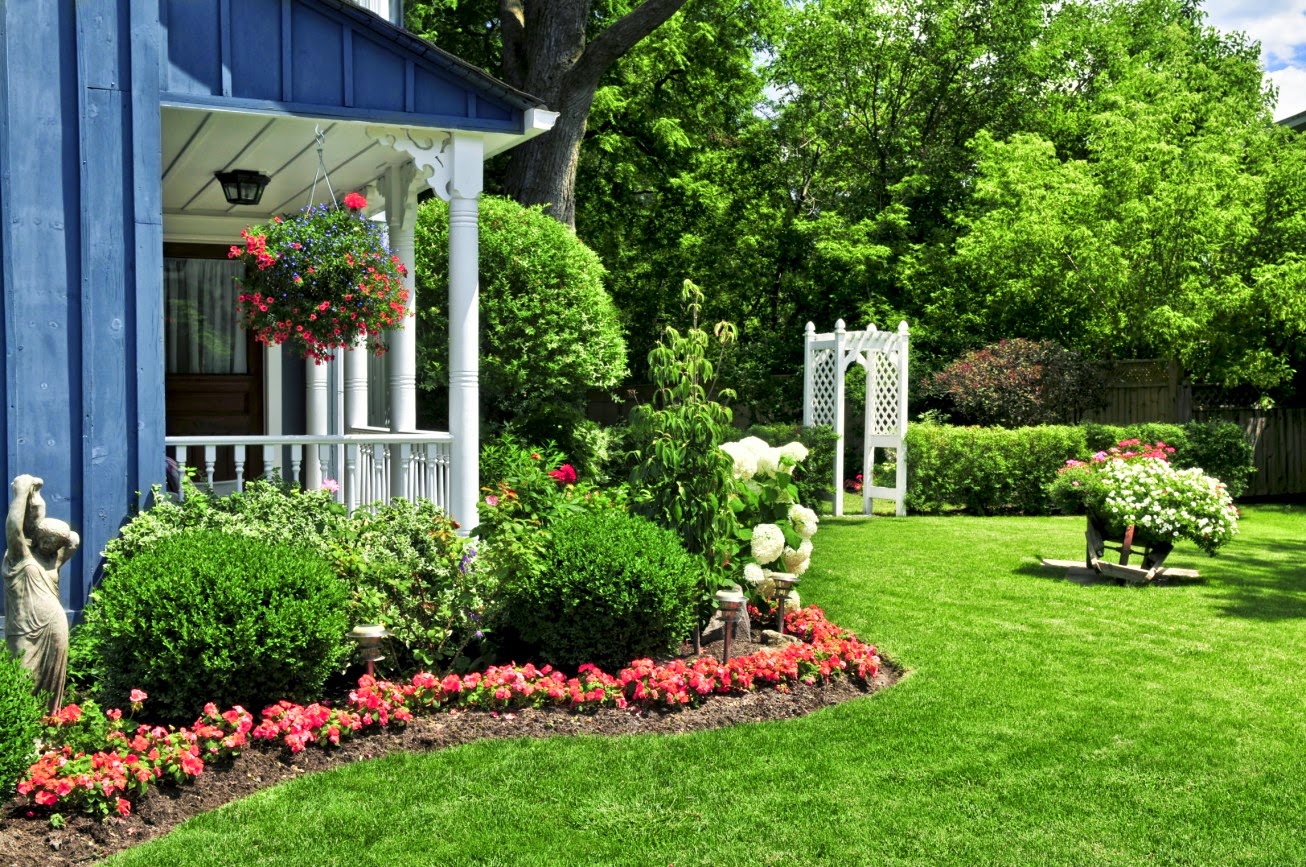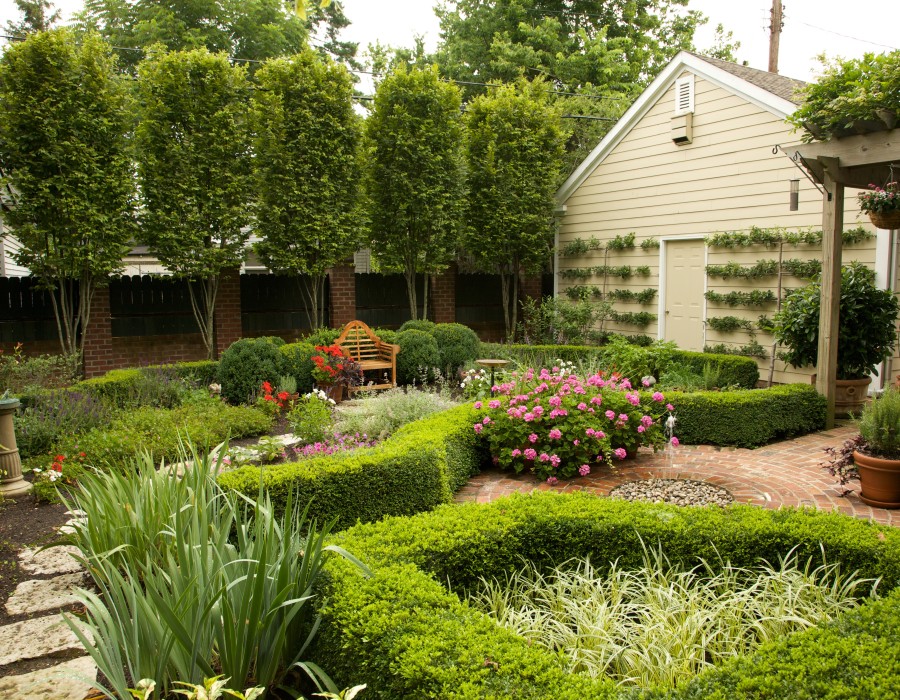Your garden is more than just a patch of land; it’s a sanctuary where you can escape, relax, and immerse yourself in nature. One of the most important aspects of garden design is fencing. Not only does it provide security and privacy, but it also plays a crucial role in defining the aesthetic of your outdoor space. Choosing the most beautiful fencing for your garden can transform your yard from ordinary to extraordinary, creating a cohesive and inviting atmosphere.
Understanding Your Garden’s Style
Identifying Your Garden’s Theme
Before diving into the types of fencing, it’s essential to identify the theme or style of your garden. Is it a modern, minimalist space with clean lines, or a quaint, cottage-style garden filled with blooming flowers? Knowing your garden’s theme will help guide your fencing choices, ensuring that the fence you select enhances rather than detracts from your garden's overall look.
How the Right Fence Complements Your Garden Style
The right fence should act like a frame to a painting, highlighting the beauty of what lies within. For instance, a rustic wooden fence might perfectly complement a garden full of wildflowers and stone pathways, while a sleek metal fence might be better suited for a contemporary garden with geometric landscaping. The key is to match the fence style with your garden’s aesthetic design to create a harmonious look.
Different Types of Garden Fencing
Wooden Fencing
Wood is a classic choice for garden fencing, offering a natural and timeless look that blends well with almost any garden style.
Picket Fences
Picket fences are the quintessential choice for those seeking a charming, traditional look. With their evenly spaced vertical boards, they are perfect for framing a cottage garden or a suburban yard. Picket fences are not just beautiful but also practical, offering a level of transparency that maintains visibility while providing a defined boundary.
Lattice Fences
Lattice fences are ideal for those who want to combine functionality with elegance. The crisscross pattern of the lattice provides a decorative touch, making it a perfect choice for gardens where aesthetics are a priority. Plus, they are excellent for supporting climbing plants, adding a touch of greenery to your fence.
Metal Fencing
Metal fencing is known for its durability and strength, but it can also be incredibly stylish.
Wrought Iron Fences
Wrought iron fences are a timeless option that exudes elegance and sophistication. With intricate designs and a solid structure, they are perfect for formal gardens. Though wrought iron requires maintenance to prevent rust, its aesthetic appeal often makes it worth the effort.
Aluminum Fences
For a more modern look, aluminum fencing is a fantastic option. It’s lightweight, resistant to rust, and available in various styles and colors. Aluminum fences offer the sleekness of metal with less maintenance, making them an excellent choice for contemporary gardens.
Vinyl Fencing
Vinyl fencing is becoming increasingly popular due to its durability and low maintenance requirements.
Durability and Aesthetics
Vinyl fences are resistant to rot, pests, and weather damage, making them an ideal choice for those looking for a long-lasting, beautiful fence. Available in various colors and styles, vinyl can mimic the look of wood without the upkeep, making it both a practical and aesthetically pleasing option.
Stone and Brick Fencing
For those looking for something more substantial, stone and brick fences offer a blend of beauty and strength.
Rustic Appeal and Strength
Stone and brick fences bring a rustic charm to any garden. They are incredibly durable and provide excellent privacy and security. While they may be more expensive and labor-intensive to install, their long lifespan and timeless appeal often justify the investment.
Choosing the Right Material
When selecting a fence material, consider factors such as weather conditions, maintenance needs, and budget. For instance, if you live in a wet climate, wood may require regular treatments to prevent rot, while vinyl or metal might be more weather-resistant. Matching the material with your garden’s aesthetic is also crucial. A sleek metal fence might look out of place in a rustic garden, just as a wooden picket fence might not complement a modern landscape.
Incorporating Design Elements

Adding Decorative Features
A fence doesn’t have to be just a boundary; it can also be a decorative element in your garden.
Arches and Pergolas
Adding an arch or pergola to your fence can create a stunning focal point in your garden. These structures can be used to frame entrances, create a sense of depth, or support climbing plants. They add height and dimension, making your garden feel more expansive and inviting.
Integrating Plants with Fences
Integrating plants with your fencing can soften the structure and make it blend seamlessly with your garden. Climbing roses, ivy, or clematis can turn a plain fence into a living wall of greenery and flowers, enhancing the beauty of your outdoor space.
Lighting Your Fence
Lighting is an often overlooked but essential element in garden fencing.
Solar Lighting Options
Solar lights are an eco-friendly way to illuminate your fence. They can be attached to the fence posts or placed along the top to highlight the structure at night, creating a magical ambiance in your garden.
Creating Ambiance with Lights
Strategic lighting can enhance the beauty of your fence and garden. Soft, warm lights can create a cozy atmosphere, while brighter lights can make your garden feel more spacious and secure. Consider using a mix of uplights and downlights to create depth and highlight specific areas of your garden.
Balancing Privacy and Aesthetics
When choosing a fence, it’s essential to balance privacy needs with aesthetic appeal.
High Fences for Privacy
If privacy is a priority, opting for a high fence is the best choice. However, this doesn’t mean you have to sacrifice beauty. A tall, well-designed fence can provide privacy while still looking attractive. Consider materials and designs that offer both coverage and visual appeal.
Semi-Transparent Options for a Balanced Look
For those who want a mix of privacy and openness, semi-transparent fences are an excellent option. These fences allow light and air to flow through while still providing a degree of privacy. Lattice or slatted designs can offer the best of both worlds.
Sustainability in Garden Fencing
Eco-conscious gardeners may want to consider sustainability when choosing a fence.
Eco-Friendly Materials
Look for fences made from sustainable materials, such as bamboo, recycled wood, or metal. These options not only reduce your environmental impact but also offer unique aesthetic qualities that can enhance your garden’s look.
Recycling and Upcycling in Fence Design
Upcycling old materials into a garden fence can add character and charm to your outdoor space. Old doors, pallets, or even reclaimed metal can be transformed into a unique and beautiful fence. This approach not only saves money but also contributes to a more sustainable environment.
DIY vs. Professional Installation
When it comes to installing your garden fence, you have two main options: DIY or hiring a professional.
Pros and Cons of DIY
Installing a fence yourself can be a rewarding project, giving you complete control over the design and execution. It can also save money. However, it requires time, tools, and some level of skill. Mistakes can be costly, so it’s essential to weigh the pros and cons before deciding to go the DIY route.
When to Hire a Professional
If your garden has challenging terrain, or if you’re looking for a more complex design, hiring a professional may be the best option. Professionals bring expertise and experience, ensuring that your fence is installed correctly and will last for years to come.
Conclusion
Choosing the most beautiful fencing for your garden is about more than just picking a material or style. It’s about creating a space that reflects your personality, complements your garden’s theme, and enhances the overall aesthetic of your outdoor area. By considering factors like material, design elements, and sustainability, you can select a fence that not only looks stunning but also stands the test of time. Whether you opt for a charming picket fence, a sleek metal design, or a rustic stone wall, the right fence will frame your garden beautifully, making it a place you’ll love to spend time in.
FAQs
- What is the most durable type of garden fencing?
Wrought iron and vinyl fencing are among the most durable options, offering excellent resistance to weather and pests.
- How do I maintain the beauty of my garden fence?
Regular cleaning, painting or staining (for wood), and treating metal for rust are essential maintenance tasks to keep your fence looking beautiful.
- Can I mix different fence styles in one garden?
Yes, mixing fence styles can create visual interest and define different areas of your garden. Just ensure that the different styles complement each other.
- What are some budget-friendly options for beautiful fencing?
Vinyl and chain-link fences are cost-effective options. You can also upcycle materials to create a unique, budget-friendly fence.
- How do I choose the right height for my garden fence?
Consider your privacy needs and local regulations. Taller fences offer more privacy, while shorter fences are great for defining boundaries without obstructing views.





Comments